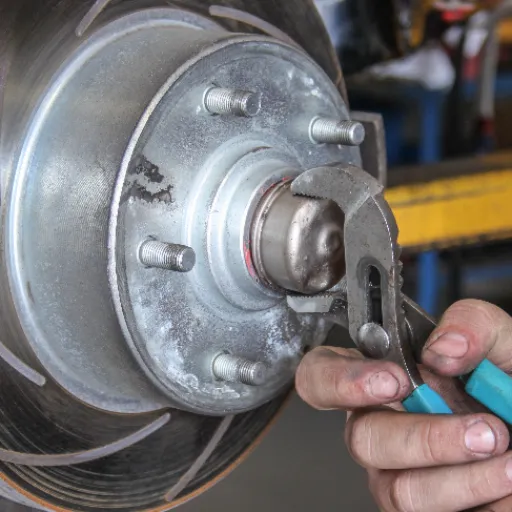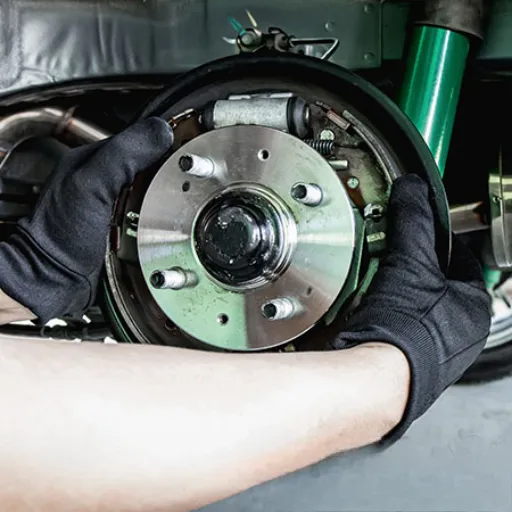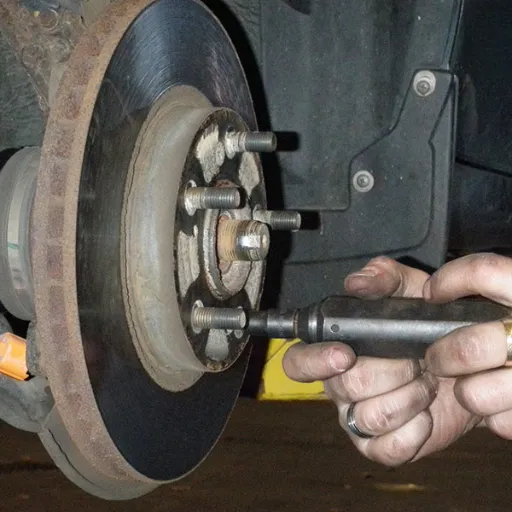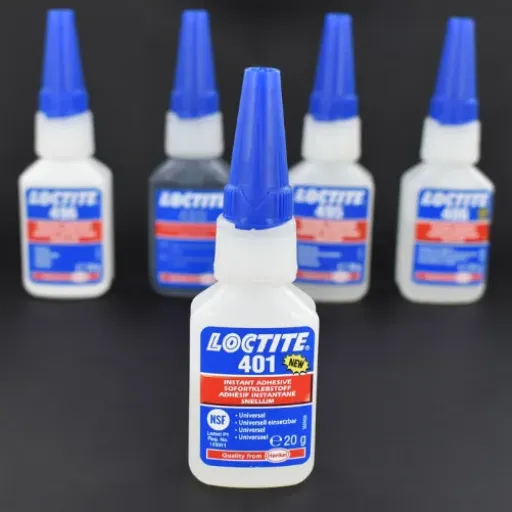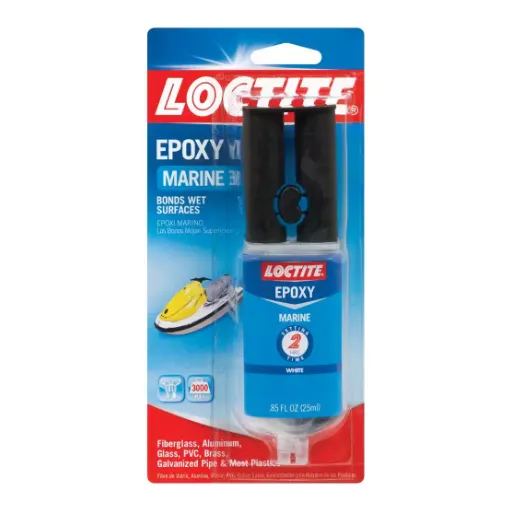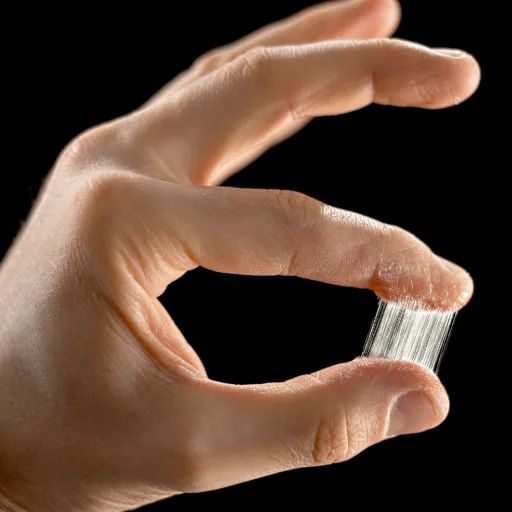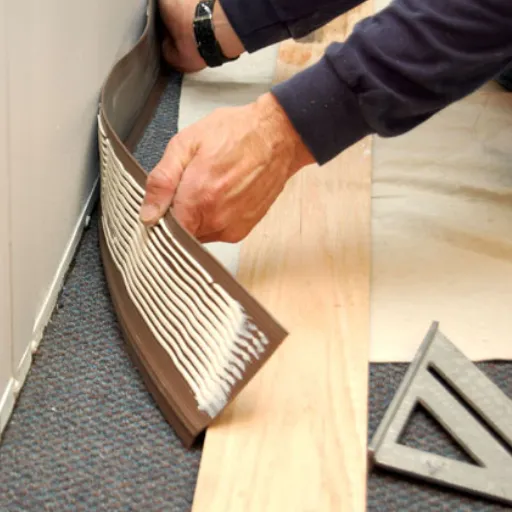The names often mentioned when discussing adhesive strength and reliability are Krazy Glue and Gorilla Glue. These household staples are trusted for countless repair and DIY jobs. So, the question remains: which is actually the strongest? From repairing something broken to trying a craft project and seeking the right glue for all, the ultimate wood glue can make all the difference in making the right choice. Let us discuss further the special properties, strengths, and best application scenarios for Krazy Glue and Gorilla Glue so that you can choose wisely for your next project. So, hang around as we put these two adhesives to the test to determine which one comes out on top.
Overview of Krazy Glue
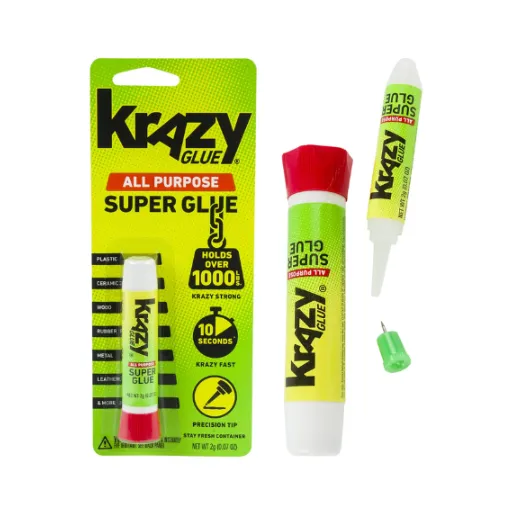
Krazy Glue is a highly recognized adhesive, known for its exceptional bonding strength and rapid-drying formula. It is best for treating non-porous surfaces such as metal, plastic, ceramic, and glass. In the presence of moisture, the glue cures immediately, forming a robust and secure bond. It is widely used for minor repairs and other precision tasks because of its pinpoint applicator. It adheres well to small surfaces but is not recommended for applications requiring adhesion to flexible surfaces or resistance to high impact and heat.
Krazy Glue Features
- Strong Bonding Power: Krazy Glue provides an intensely strong bond, adhering firmly to a wide range of non-porous surfaces.
- Quick Drying: It sets up in real-time upon contact with moisture, ensuring swift repairs.
- Precision Applicator: The fine-point applicator enables exact application and is ideal for detailing work and minor repairs.
- Versatile Use: It works effectively on a wide range of materials, including metal, plastic, ceramic, and glass, making it highly adaptable for various projects.
- Compact Design: Due to its compact size, it fits well in a purse when needed and can be carried around very easily.
Best Uses for Krazy Glue
The Krazy Glue is really versatile, with multiple uses to fill the buckets placed in the house. The glue is best for mending any broken items, such as the handles of ceramic mugs, plastic toys, or cracked glassware. Krazy Glue is also indispensable for fine projects that require precision bonding, such as assembling a model kit or creating jewelry. Therefore, it can also be used for more minor household fixes, such as reattaching loose tiles or reassembling furniture. For crafts, minor repairs, or everyday tasks, the strong bond of Krazy Glue makes it a versatile product with numerous uses.
Overview of Gorilla Glue
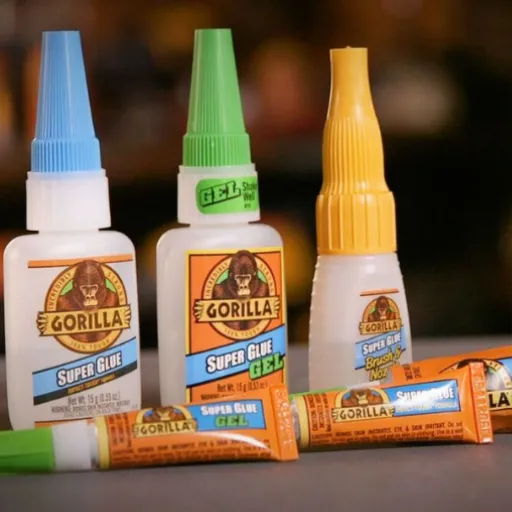
Gorilla Glue is a versatile and heavy-duty adhesive known for its strong bonding capacity and durability. It does well on wood, metal, ceramic, stone, or glass. It is waterproof and can withstand extreme temperatures, allowing its applications to be used both indoors and outdoors. Its expanding formula guarantees a strong bond, but one must use it with caution to prevent overflow. This glue is designed for extensive repairs, building projects, or any other application where permanence is required.
Gorilla Glue Features
- Waterproof: With 100% waterproof properties, Gorilla Glue is suitable for use in environments exposed to water or moisture.
- Temperature Resistance: It is designed to withstand severe temperature changes, ensuring durability under various conditions.
- Expanding Formula: The glue expands when curing, creating a strong and rigid bond for different surfaces.
- Versatile Usage: It is highly adaptable, as it can be used on a wide range of materials, including wood, metal, ceramic, stone, and glass.
- Long-Lasting Strength: The bond is powerful after curing and will remain strong, ensuring it provides reliable results in large or complex undertakings.
Best Uses for Gorilla Glue
Bonds are incredibly varied, and a multitude of applications can be found concerning various materials. Gorilla Glue is best suited for the following:
Comparison of Adhesive Strength
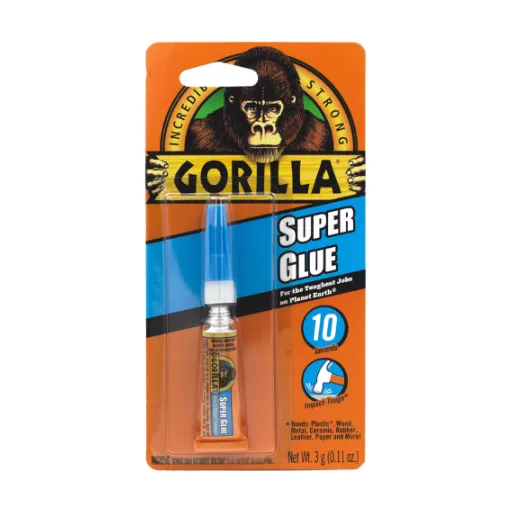
The strength comparison of Krazy Glue and Gorilla Glue reveals that both are highly effective, but they are used for different purposes. Krazy Glue is a cyanoacrylate adhesive that forms a powerful bond for small areas and non-porous surfaces, such as ceramics, metal, and plastic. It sets very fast and is best suited for certain precision repairs.
Gorilla Glue is a polyurethane glue that forms stronger bonds on porous materials such as wood, stone, and foam. Also, it expands as it cures to fill in gaps and provide a firm hold.
Bottom Line: For minor precision repairs, Krazy Glue is stronger and quicker. For larger surfaces and where versatility and gap-filling abilities are required, Gorilla Glue is the stronger option. It all comes down to materials and application.
Bonding Power
When discussing adhesive strengths, both Krazy Glue and Gorilla Glue claim their bonding powers are tailor-made to meet particular needs. Search insights exhibit a commonplace inquiry — “Which glue is best for woodwork and uneven surfaces?” From the data, it is clear that Gorilla Glue enjoys a fairly widespread preference for woodworking projects and irregular surfaces, being of an expanding nature and holding tightly to porous materials. In contrast, Krazy Glue is recognized for its speedy fixes on smooth, non-porous surfaces, such as ceramic, glass, and metal. Therefore, basically, the best choice is contingent upon the project at hand and the materials to be bonded.
Drying Time
Drying time may be a deciding factor in selecting the right glue. According to the latest viewing data, Gorilla Glue typically sets in 1 to 2 hours with a light touch, with a full cure time of 24 hours. This is useful for projects that require strength and durability over speed. On the contrary, Krazy Glue dries extremely fast, typically taking between 10 and 30 seconds, making it ideal for quick fixes and immediate handling. Drying time and the demands of your project should be taken into account when selecting the glue.
Choosing the Right Glue for Your DIY Project
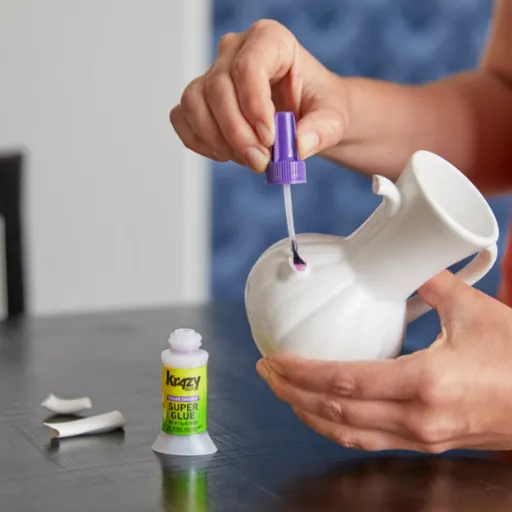
Your project matters when choosing between Krazy Glue and Gorilla Glue. Made for fast fixes, Krazy Glue sets in seconds on smaller surfaces made of ceramic, plastic, or metal. Using Gorilla Glue is a more heavy-duty solution: it creates an irreparable bond on porous surfaces, such as wood, stone, and foaming materials. You may want Gorilla Glue for outdoor or larger projects for its strength and water resistance. Krazy Glue is for quick fixes or precision work. Select options based on your project’s materials and time constraints.
When to Use Krazy Glue
Fast and quick fixes requiring exact application are best done with Krazy Glue. It bonds almost immediately with the best results when used on clean, non-porous surfaces. Such surfaces may include plastic, ceramic, or metal. Hence, if a ceramic mug is broken, a small household article is broken, or one is trying to make a delicate craft, Krazy Glue comes in very well. Its fast-setting nature is time-saving and hence great for situations where an instant grip is required. It is, however, not suitable for materials that are flexible, porous, or put under extreme environmental conditions, as this will lead to weakening of the bond over time.
When to Use Gorilla Glue
Heavy Gorilla Glue jobs and materials requiring a mighty, extra-long bond suit it ideally. It can bond almost anything, including wood, stone, metal, ceramic, foam, and so on. This is the glue to go for if the outdoors is the setting, with its waterproof nature and ability to withstand temperature variations. It will expand as the gum cures to fill the gaps, ensuring the best possible grip, ideal for rough, uneven surfaces. Because of its foaming action, however, it can easily overflow and make a mess if not applied with great care and only in thin layers. Clean, slightly damp, and properly clamped surfaces are pressed under bonding pressure to achieve the maximum glue force.
Glue Effectively: Tips and Tricks
When appropriately applied, glue begins with surface preparation; a clean and slightly damp surface ensures the strongest bond. I always use just a little glue, as it tends to come out due to expansion. After the application, quick firm clamping within the promise period is necessary for the work to be successful. In addition, patience and precision ensure that the glue is applied correctly and yields the utmost results.
Environmental and Material Considerations
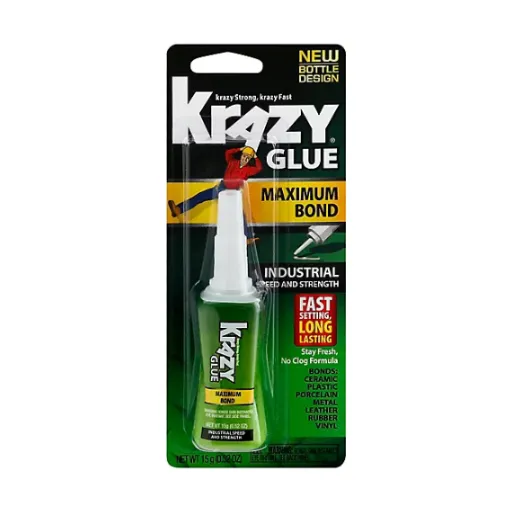
Depending on the materials to be used and the act of joining and fixing, their environmental impact and sustainability should be considered. Please use non-toxic, water-based adhesives, if possible, as they are best for the user and for the environment. Additionally, materials chosen should be sourced from renewable or recycled materials to minimize undue waste and harmful practices. In the event of any leftover glue or materials, disposal should be in accordance with local environmental rules to prevent further harm. These steps ensure that crafting and construction practices take into consideration both the natural being and the working of the materials.
Material Compatibility
Compatibility analysis of materials will first determine whether the materials we’re working with will interact with one another under given or altered conditions. For example, adhesives should be tested for bonding against a specific surface, such as wood, metal, plastic, or glass, to prevent failure during use. Among these factors that influence performance are temperature, humidity, and loadings. Avoid materials that are capable of chemically reacting or corroding with one another to ensure good durability. Proper compatibility checks not only ensure the life span and fit of the project but also help in avoiding any unforeseen snags.
Environmental Factors
When environmental considerations are discussed, the focus should be on how external agents can affect materials, structures, or durability. Recently, it has become evident that extreme weather conditions lead to deterioration, including prolonged exposure to high temperatures, UV radiation, and varying humidity levels. Pollution and contaminants in the air also enhance corrosion or chemical degradation, primarily in urban areas. Protective coatings, weather-resistant materials, and scheduled maintenance are hence the strategic implementations used to counter these problems towards a longer performance under varying environmental stresses.
Reference Sources
Here are three professional and authoritative sources related to the comparison of Krazy Glue and Gorilla Glue that one may use to verify the accuracy of their article:
- 1
Which adhesive should I use? | MIT D-Lab
This document from MIT provides valuable information about superglue and other adhesives, including their applications and limitations. - 2
Glue Competition on Wood | USC Science Fair Project
This study compares the gluing strengths of various glues, including Krazy Glue and Gorilla Glue, in terms of their effectiveness on wood. - 3
Optimizing Strength and Versatility of Underwater Adhesion | Purdue University
This academic study evaluates the adhesion strength of commercial glues, including Gorilla Glue, under various conditions.
Frequently Asked Questions (FAQs)
❓ What are the main differences between Krazy Glue and Gorilla Glue?
Krazy Glue, a type of cyanoacrylate glue, dries quickly and forms a strong bond on various surfaces, making it ideal for minor repairs. Gorilla Glue, on the other hand, is a polyurethane-based adhesive that expands as it cures, providing a stronger bond for larger or porous materials. When deciding between the two, consider the materials you are working with and the required bond strength.
❓ Which type of glue works best on plastic surfaces?
When it comes to plastic surfaces, Gorilla Super Glue and Krazy Glue are both effective options. Still, Gorilla Super Glue Gel XL is often preferred due to its thicker consistency, which prevents excess glue from running off. However, for certain types of plastic, such as polyethylene or polypropylene, an epoxy glue may be necessary for a durable bond.
❓ Can Krazy Glue be used for heavy-duty repairs?
Krazy Glue can be used for light to medium repairs. Still, for heavy-duty applications, Gorilla Glue is usually the better choice due to its strong adhesive properties and ability to bond porous materials. If your project involves heavy stress, opt for Gorilla Glue or an epoxy adhesive for the best results.
❓ How does Gorilla Glue perform compared to Krazy Glue?
Gorilla Glue generally performs better for large-scale projects and materials that require a strong bond due to its expansive nature upon curing. Krazy Glue is more suitable for quick fixes on small items where a fast-setting adhesive is needed. Each glue has its specific advantages based on the project requirements.
❓ Is it better to use Gorilla Glue or Krazy Glue for crafts?
For crafts, the choice depends on the materials being used. If you are working with porous surfaces, such as wood or fabric, Gorilla Glue tends to provide a stronger bond. For quick fixes on non-porous surfaces, Krazy Glue is often sufficient. Determine the type of glue required based on the specific project’s requirements.
❓ What happens if there is excess glue?
If there is excess glue, whether from Krazy Glue or Gorilla Glue, it is essential to remove it before it dries to prevent damage to the item. Use a solvent suitable for the type of glue, or gently scrape it away with a tool. Cleaning up excess glue ensures a neat finish and maintains the bond’s integrity.
❓ What is the best super glue for plastic bonding?
The best super glue for bonding plastics is often considered to be Loctite Super Glue Plastics Bonding System, as it is specifically designed for bonding to plastic surfaces. However, both Gorilla Super Glue and Krazy Glue can also work effectively, depending on the specific type of plastic being used.
❓ Can Gorilla Glue be used on rigid polystyrene plastic?
Gorilla Glue can be used on rigid polystyrene plastic; however, it may not adhere as effectively as it does on porous surfaces. For rigid polystyrene, using a super glue or epoxy designed explicitly for plastics may provide a stronger bond. Always check compatibility before proceeding with your project.







